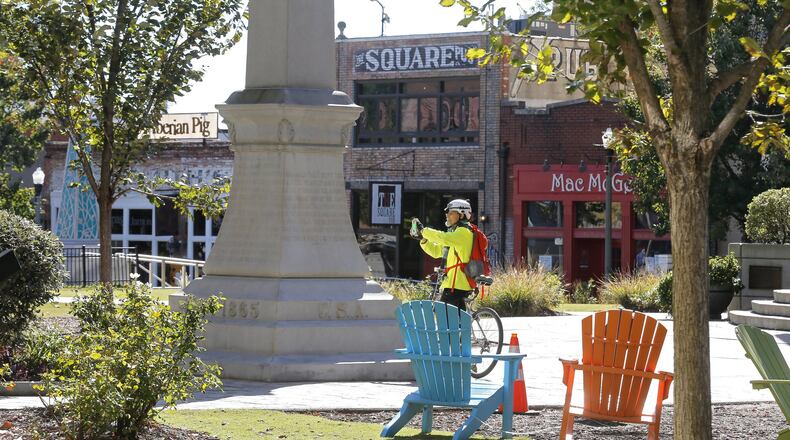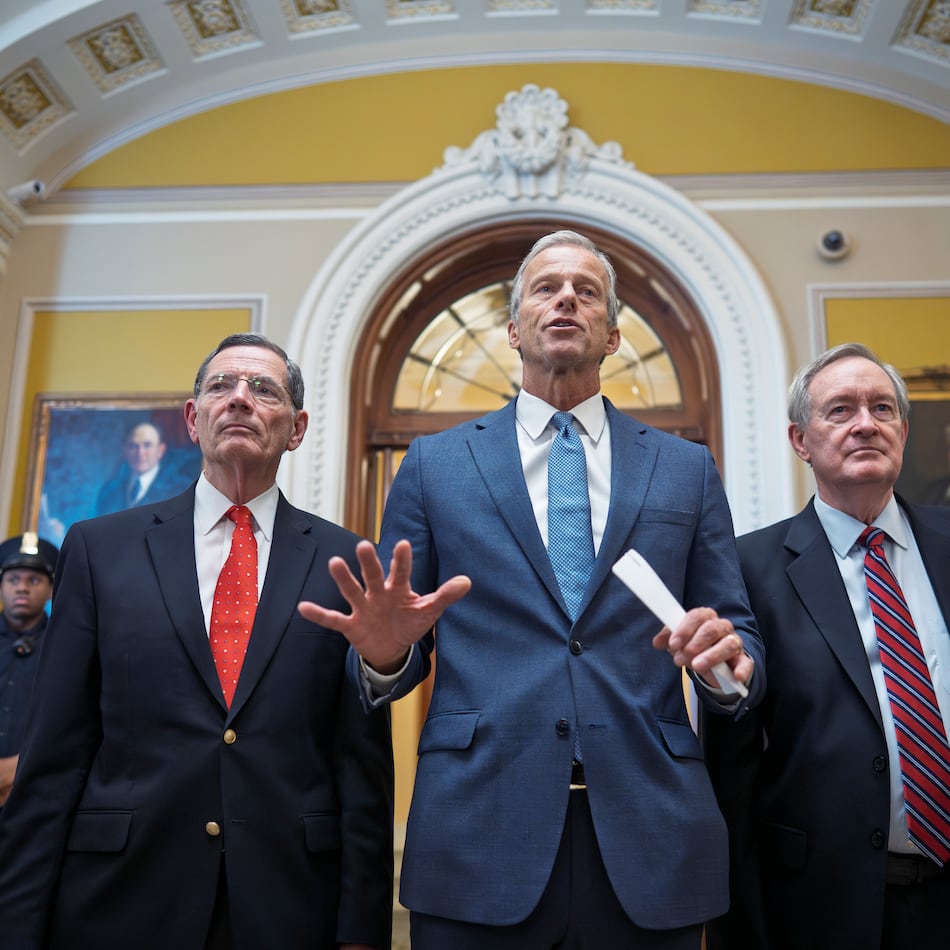The DeKalb County commission has approved adding a marker to the 111-year-old Confederate monument in Decatur Square that identifies it as a symbol of racism and white supremacy.
Commissioners also signed off on earmarking $3,000 to help pay for the marker and its installation outside the old county courthouse. They said the marker will provide important context to the controversial 30-foot-tall obelisk.
The monument was vandalized over Super Bowl weekend during the same time of a protest of Confederate symbols at Stone Mountain Park. If commissioners are ever successful in having the monument in Decatur Square relocated, the marker will move with it.
DeKalb commissioners are also in the process of installing another marker in Decatur Square near the new courthouse that would recognize lynchings that occurred in the county.
The full contextualizing statement about the Confederate monument approved by the county commission:
“In 1908, this monument was erected at the DeKalb County Courthouse to glorify the ‘lost cause’ of the Confederacy and the Confederate soldiers who fought for it. It was privately funded by the A. Evans Camp of Confederate Veterans and the Agnes Lee Chapter of the United Daughters of the Confederacy. Located in a prominent public space, its presence bolstered white supremacy and faulty history, suggesting that the cause for the Civil War rested on southern Honor and States Rights rhetoric—instead of its real catalyst—American slavery. This monument and similar ones also were created to intimidate African Americans and limit their full participation in social and political life of their communities. It fostered a culture of segregation by implying that public spaces and public memory belonged to Whites. Since State law prohibited local governments from removing Confederate statues, DeKalb County contextualized this monument in 2019. DeKalb County officials and citizens believe that public history can be of service when it challenges us to broaden our sense of boundaries and includes community discussions of the victories and shortcomings of our shared histories.”
About the Author
Keep Reading
The Latest
Featured




